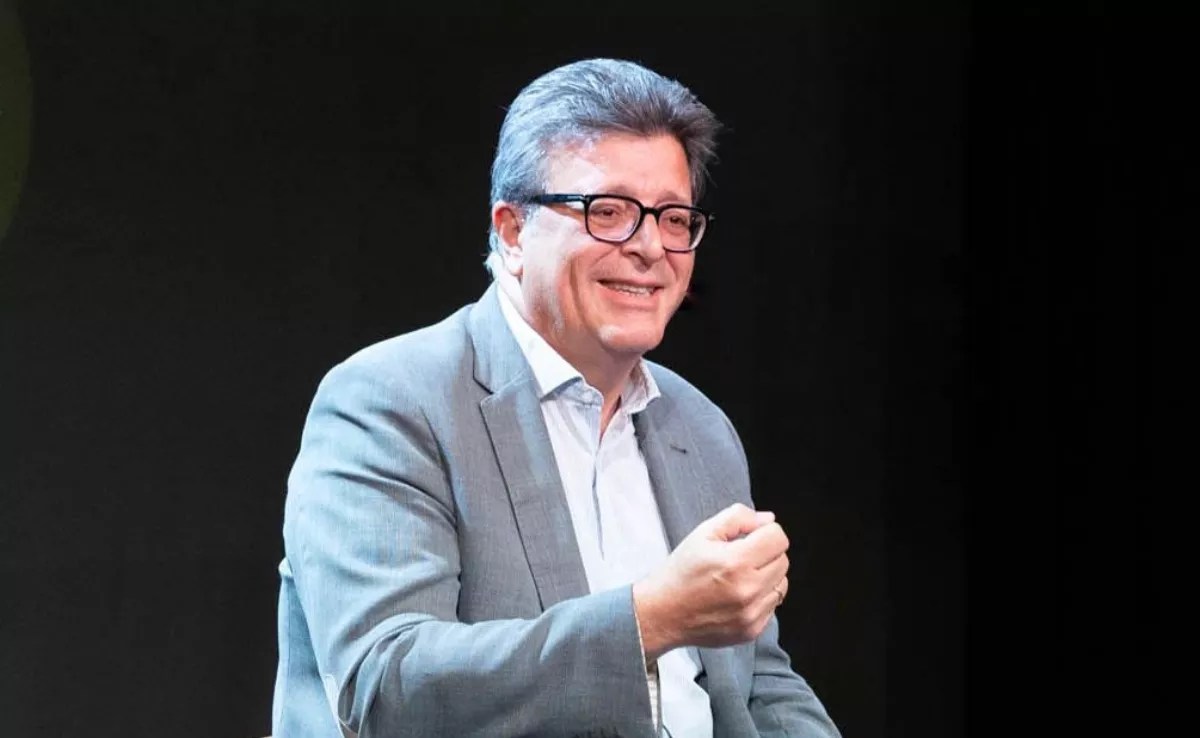The return of the Grand Prix to Televisión Española has rekindled nostalgia for those summers without social media, when millions of families gathered around the television to enjoy this competition between towns.
The municipality of San Sebastián de La Gomera successfully qualified for the final of the Grand Prix 2025 during an exciting and competitive semi-final, where Herencia, a town in Ciudad Real, kept our team at bay, consistently holding the top position in the overall standings of the programme.
San Sebastián de La Gomera made a brilliant comeback in the final challenge, “El Diccionario”, alongside the mayor Angélica Padilla, advisor Lourdes Armas López, and team patron Edu Soto.

Between 1995 and 2009, the Canary Islands also played a significant role, with various towns participating in different editions of the Grand Prix. From Haría, in Lanzarote, the first to debut, to Pájara, in Fuerteventura, which reached the final.
The participation of El Sauzal, led by Paulino Rivero, and the confusion of Lara Dibildos mispronouncing Agache in Tenerife, despite being its patron, are moments that remain in the programme’s anecdotes.
All the Participants from the Canary Islands in the Grand Prix
Haría (Lanzarote) 1995. The first Canary Islands participation occurred in 1995 with Haría in the inaugural edition of the Grand Prix. Backed by Los del Río, they qualified for the semi-finals and subsequently reached the final against Benahavís, Penagos, and Cudillero. Ultimately, it was the Asturians who claimed victory, although the Lanzarote team made their mark at the programme’s debut.
El Sauzal (Tenerife) 1996. A year later, it was El Sauzal’s turn, represented by then-mayor Paulino Rivero. With Laura Valenzuela as their patron, they tied with Castillo de Aro (Girona) at 15 points but were eliminated from the Grand Prix final due to the classification system. Rivero even participated in the memorable challenge of La Patata Caliente.
Pájara (Fuerteventura) 1997. Pájara was close to becoming champions. With Beatriz Carvajal as patron, they eliminated Oña (Burgos) in the first round with a clear 15-23. In the final against Murchante (Navarra), the competition remained tight until the end, but victory went to the mainland team. The Majoreros were just a step away from achieving the first title for the Canary Islands.

Firgas (Gran Canaria) 1998. The Gran Canarian municipality of Firgas participated in 1998, represented by Juncal Rivero. They faced Arévalo (Ávila), which had Fernando Romay as their patron, and were eliminated with a score of 21-12.
Agache-Güímar (Tenerife) 2001. In 2001, the region of Agache-Güímar made its debut with Lara Dibildos as patron. They won by a narrow margin (15-14) against Uruñuela (La Rioja), but their low score kept them out of the grand final. The anecdote was that the programme’s presenter struggled to pronounce the locality’s name correctly, mistakenly emphasising the “a”.
Antigua (Fuerteventura) 2003. The challenge for Antigua was to surpass Pájara’s record, though the outcome was less favourable. With Patricia Betancort as their patron, they scored only five points, the lowest ever recorded by a Canary Islands municipality in the Grand Prix.
Buenavista del Norte (Tenerife) 2005. In 2005, it was Buenavista del Norte’s turn, represented by Loreto Valverde. However, the Tenerifeans were eliminated in the first round by La Fueva (Huesca).
San Sebastián de La Gomera (La Gomera) 2025. This year, the spotlight is on San Sebastián de La Gomera, competing in the new edition of the Grand Prix. The participants from La Gomera have demonstrated strength in challenges such as El Diccionario, showing no mercy to their rivals. On Monday, it will be revealed whether the Canary Islands can dream of a title that has eluded them in the past.
















